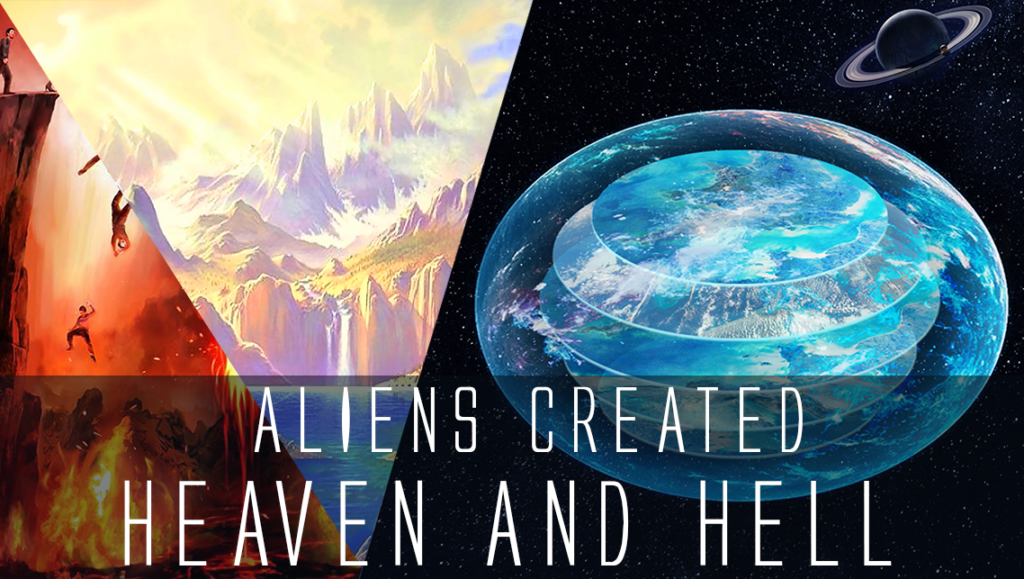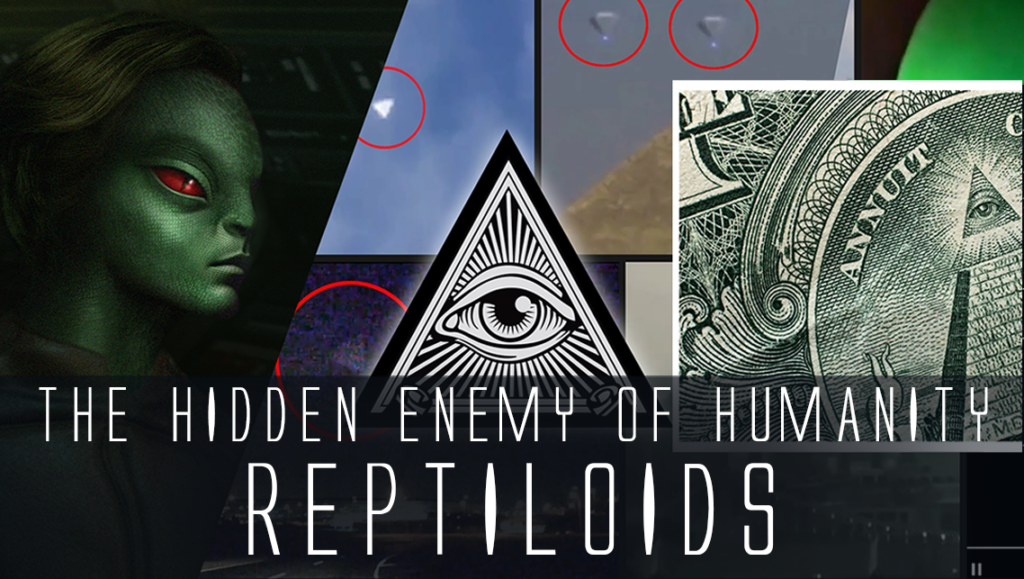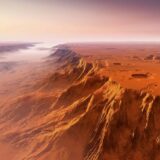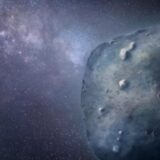Neptune: An Ice Giant With Supersonic Winds
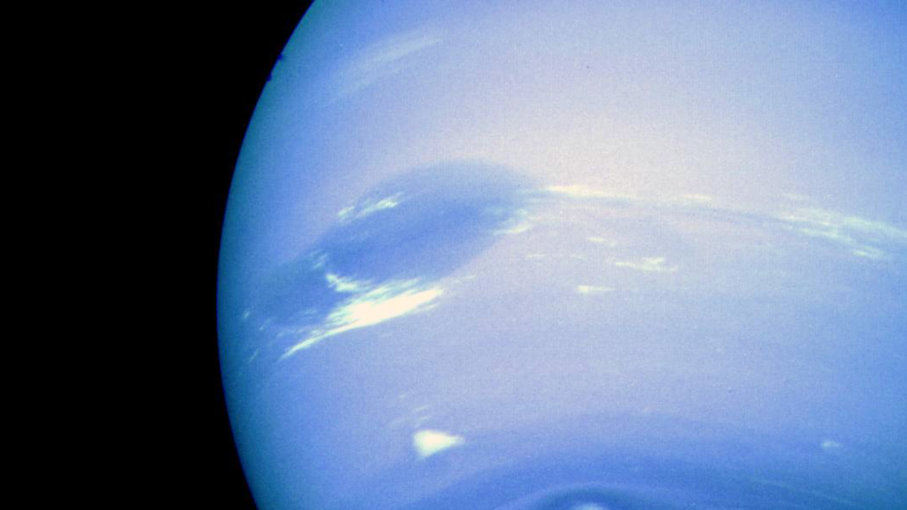
Unless you’re a pilot — or a member of the Justice League — anything that can travel at 770 miles per hour (1,238 kilometers per hour) might seem pretty darn fast. On a lukewarm day, when it’s 70 degrees Fahrenheit (21 degrees Celsius) outside and atmospheric conditions are normal, that’s the approximate speed of sound at Earth’s sea level.
But the windspeeds on Neptune can put this figure to shame. Some Neptunian winds have been clocked at faster than 1,200 miles per hour (2,000 kilometers per hour). To date, these are the fastest winds recorded anywhere in the solar system.
Neptune’s location makes them all the more interesting. Here on Earth, the sun’s energy is what drives our winds. Yet Neptune’s the eighth planet in the solar system, about 30 times farther away from the sun than we are. The gap between Neptune and its parent star is a staggering 2.8 billion miles (4.5 billion kilometers) wide. Quite a gulf, wouldn’t you say?
Due to the vast divide, Neptune gets relatively little solar energy. So one might expect it to have weak or nonexistent winds. The fact that the opposite is true reflects the dynamic and mysterious composition of a truly alien world.
The Ice Giants
Astronomers used to divide the planets into two broad categories. The first, called the terrestrial planets, included Mercury, Earth, Venus and Mars. All four bodies mostly consist of metals or silicate rocks and they’ve got solid outer surfaces.
Before the 1990s, Jupiter, Saturn, Uranus and Neptune were lumped together into the second group: the gas giants. “Giant” is an appropriate label. Jupiter’s easily the biggest planet in our solar system, but Neptune’s no runt. It has a radius of 15,299.4 miles (24,622 kilometers), making it four times wider than Earth.
By the millennium’s end, however, scientists realized half of these alleged “gas giants” are fundamentally different from the other half. True, all four bodies lack solid exteriors. But Jupiter and Saturn are predominantly made of hydrogen and helium gas. The same cannot be said of Uranus or Neptune, whose major components are actually heavier elements.
Beneath a sparse outer layer of helium, hydrogen and methane, both worlds have a thick mantle. This layer is loaded with slushy ice — along with the solid, crystallized forms of ammonia and methane. Further down, each planet’s got an inner core that might be rocky and Earth-sized.
Today, Uranus and Neptune are no longer considered gas giants. Instead, they’ve been relegated to a third category of planets astronomers call ice giants.
Big and Blue
You wouldn’t mistake one ice giant for the other. Uranus looks blue-green to our eyes, whereas Neptune has more of an azure complexion. Both planets contain atmospheric methane clouds, which simultaneously absorb red light waves and reflect blue ones. This is what gives the two ice giants their bluish color schemes — but it doesn’t explain why Neptune is visibly darker in hue. (Perhaps there’s a mystery ingredient hanging out in the Neptunian atmosphere.)
Here’s another key distinction. Uranus doesn’t release much excess heat into space, yet Neptune — like Jupiter and Saturn — emits more energy than it receives from the sun. Even so, Neptune is considered the solar system’s coldest planet. In some parts of the outer atmosphere, temperatures are liable to hit -218 degrees Celsius (-360 degrees Fahrenheit). Maybe that helps account for Neptune’s ultra-fast windspeeds: The atmospheric coldness is thought to reduce friction, allowing winds to zip around more freely.
Speaking of weather patterns, when the Voyager 2 spacecraft visited Neptune in 1989, it photographed an oval-shaped storm 8,000 miles (13,000 kilometers) across. Nicknamed “The Great Dark Spot,” it vanished by the time the Hubble Space Telescope took a new round of pictures in 1994. Altogether, half a dozen Neptunian storm systems of this kind have been documented.
Research published in 2019 indicates the storms last for about two to six years apiece. Compared to Jupiter’s Great Red Spot — a tempest that’s been going strong since at least the year 1830 CE — this is a fairly short life span.
Children of the Sea Gods
Lots of interesting things are happening above Neptune as well. The ice giant has 14 known moons, including one that wasn’t discovered until 2013. This newcomer was named Hippocamp, in honor of an aquatic beast from Greek mythology.
Neptune borrows its own name from the Roman god of the sea. For that reason, astronomers like to name the planet’s moons after mythic characters with ties to the deity, his Greek counterpart Poseidon or the ocean in general.
One of Poseidon’s sons was the trumpet-blowing merman, Triton. His namesake moon is Neptune’s largest: At 1,680 miles (2,700 kilometers) in diameter, it’s bigger than the dwarf planet Pluto. Triton is also the only large moon in the entire solar system with a retrograde orbit: When it circles Neptune, it moves in the opposite direction of the planet’s spin. To add further intrigue, Triton has active geysers, a rarity in our cosmic neighborhood.
Over time, Neptune might have lost a few satellites. Along with Jupiter, Saturn and Uranus, the planet’s got its own personal ring system. Astronomers have identified five main rings around Neptune — and just beyond these lie some orbiting clumps of dusty material. Dark and faint, the rings of Neptune are presumed to be younger than Uranus’. According to Universe Today, they might be the remains of a moon that was somehow destroyed.
The Predicted Planet
Unlike every other planet in our solar system, Neptune is never visible to the naked eye. Yet when it was first spotted via telescope in the year 1846, the discovery didn’t come as a surprise. Keen observers had noticed certain irregularities in Uranus’ orbit. As the seventh planet moved around the sun, it was deviating from its anticipated pathway.
So in the early 18th century, mathematicians reasoned that a large celestial body must be gravitationally tugging on Uranus. And they were right: Neptune was the culprit. The existence of this azure world — with its savage winds and disappearing storms — was predicted by math. College kids, let that fact inspire you when finals week rolls around.
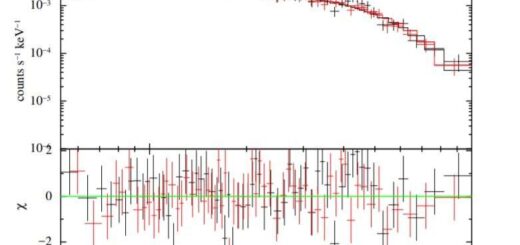

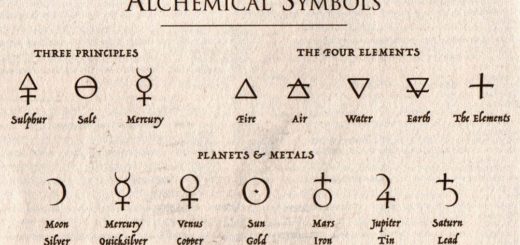
 Creators of mankind
Creators of mankind Description of “Tall white aliens”
Description of “Tall white aliens” Where they came from?
Where they came from? About hostile civilizations
About hostile civilizations The war for the Earth
The war for the Earth “Tall white aliens” about eternal life
“Tall white aliens” about eternal life Video: “Nordic aliens”
Video: “Nordic aliens” Aliens
Aliens Alien encounters
Alien encounters The aliens base
The aliens base UFO
UFO Technology UFO
Technology UFO Underground civilization
Underground civilization Ancient alien artifacts
Ancient alien artifacts Military and UFO
Military and UFO Mysteries and hypotheses
Mysteries and hypotheses Scientific facts
Scientific facts









